By Ina Ahmeti
The Jinko-in temple belongs to the Shingon sect of Buddhism. Its main deity is Kobo Daishi (774-835) also known as Kukai, one of the most famous Buddhist monks in Japanese history. It was founded in 1217 by Kamo Yoshihisa, a Shinto priest. He had a divine revelation to build a temple where he saw divine light, and hence the name Jinko-in means the “temple of divine light.”
Jinko-in is famous for the kyuri kaji or “cucumber exorcism” held every July 21st to ward off various sicknesses. Many people register for the service because they believe that it will provide relief from illness and promote comfort in healing. The way that the ritual is conducted is by attaching a piece of paper with the names of individuals, their age, and their illness and tying with a string to a cucumber. A ritual is then held in which the participant’s illnesses are transferred into the cucumber and then sutras are chanted to promote healing. The temple buries the cucumber as a sacrifice and people’s illnesses are believed to be healed when the cucumber decomposes into the soil. This healing method was supposedly introduced from China by Kukai.
On the main temple altar there are many deities. One of the main objects of worship is a statue of Kobo Daishi, who represents warding off all evil. The temple’s Kobo Daishi statue is carved in wood. Kobo Daishi returned from his pilgrimage to China as the eighth Patriarch of Esoteric Buddhism, and while abroad he had learned Sanskrit and its Siddhaṃ script, studied Indian Buddhism, as well as studied the arts of Chinese calligraphy and poetry, all with recognized masters. He also arrived with a large number of texts, many of which were new to Japan and were esoteric in character. Kukai helped to distinguish the new form of Buddhism from that already practiced in Japan.
There is also a small teahouse belonging to the tanka poet, Otagaki Rengetsu, who used to live a secluded life on the temple grounds. The deity inside, Fudo Myo-o, is known as “the immovable or unshakeable one.” He is the Wisdom King of Passion who symbolizes how in Buddhist practice, the violent energies of desire can be converted in the pursuit of enlightenment. He is portrayed as scary to highlight the intensity of his wrath against evil. However, while his appearance may instill fear, he faithfully combats problems of sickness and evil which makes him a popular deity that many pray to for healing and release from suffering.
Furthermore, there are many different styles of gorinto or “stone pagodas” that are located on the temple grounds. Their shape represents the five elements (earth, water, fire, wind, and space), and are very commonly displayed in Buddhist temples and cemeteries. Surrounding the temple, the gardens give the grounds a natural aesthetic, with a running stream, trees, plants, small animals, all of which creates a calming oasis for many to visit.
Media
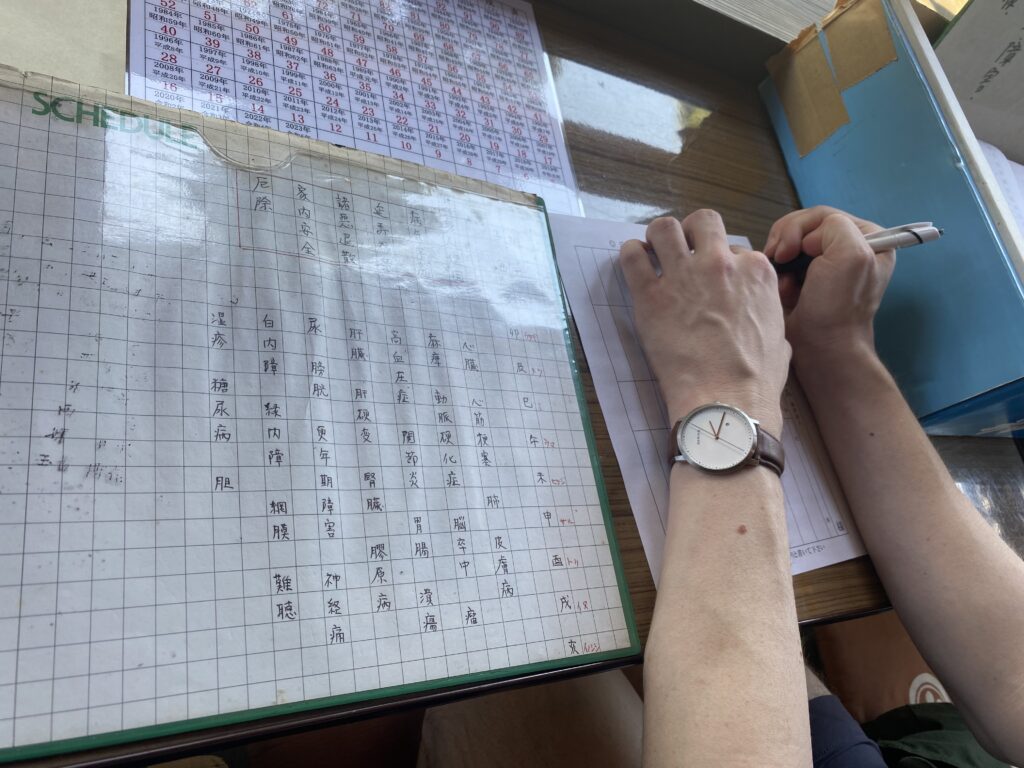
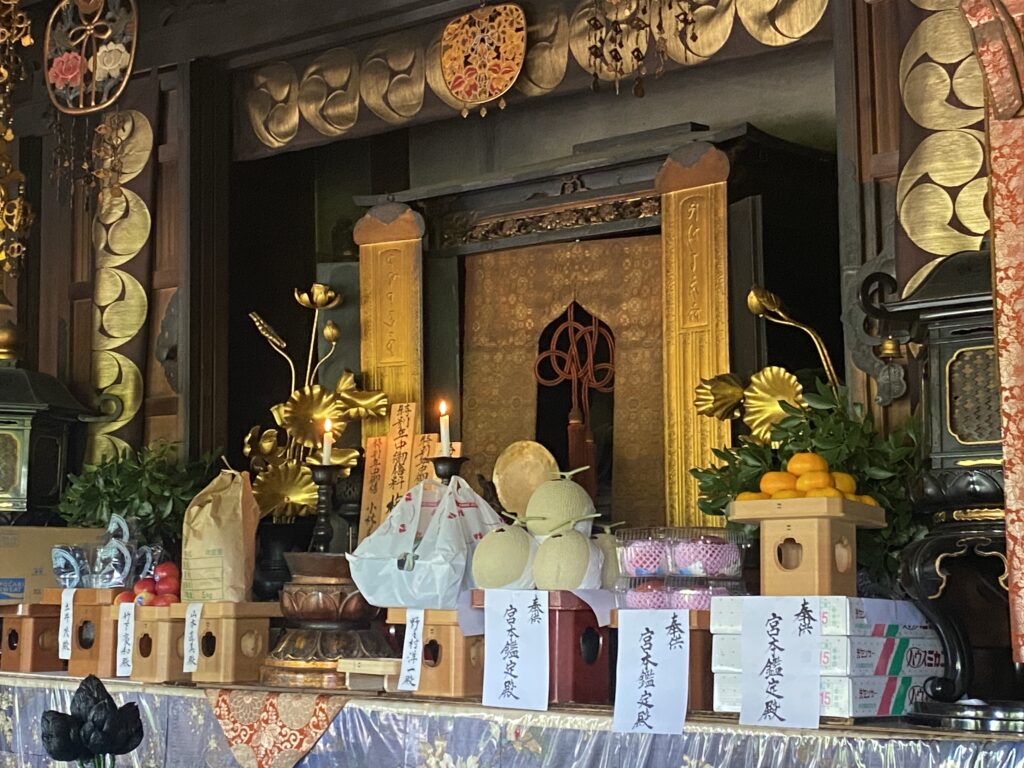
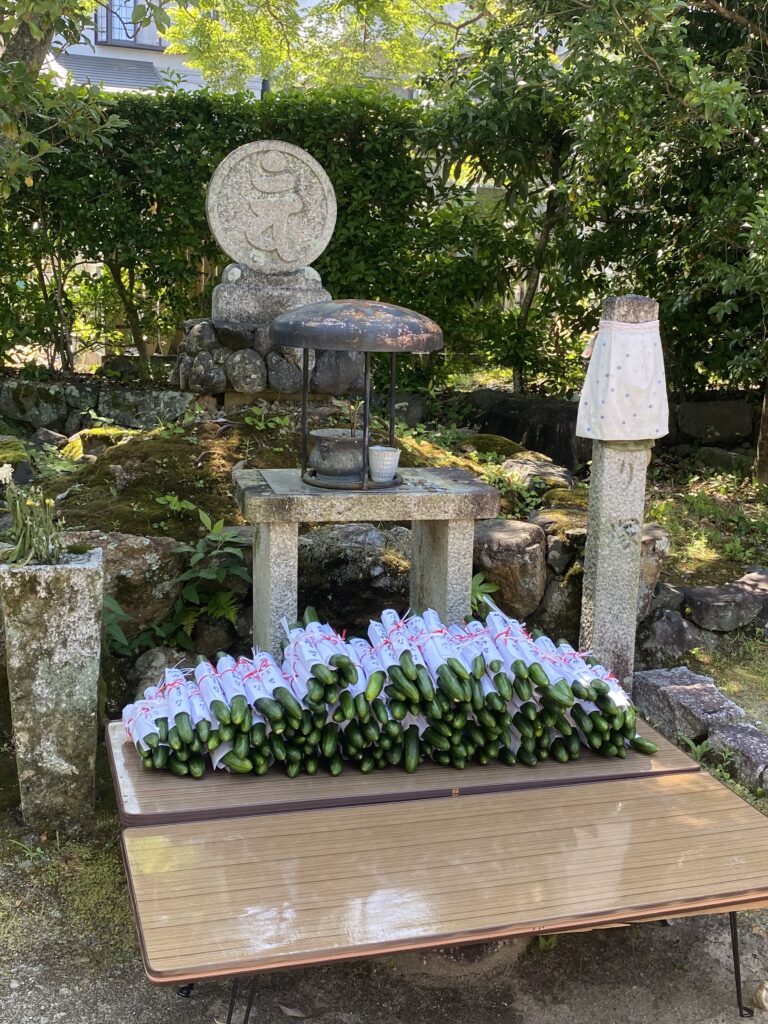
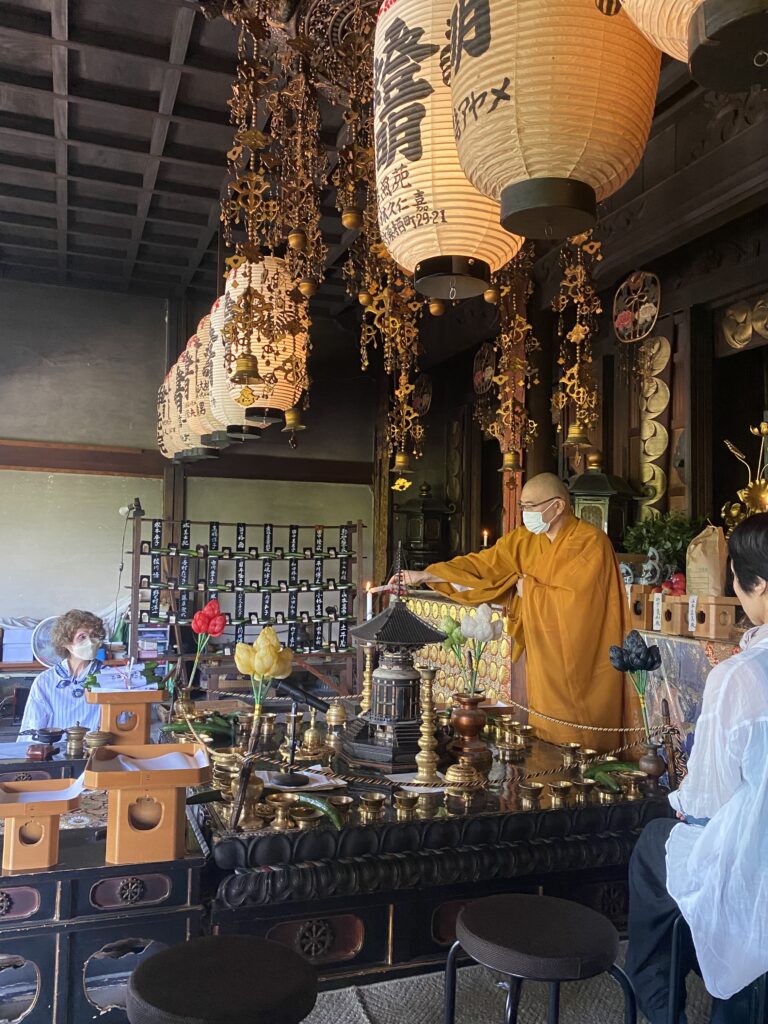
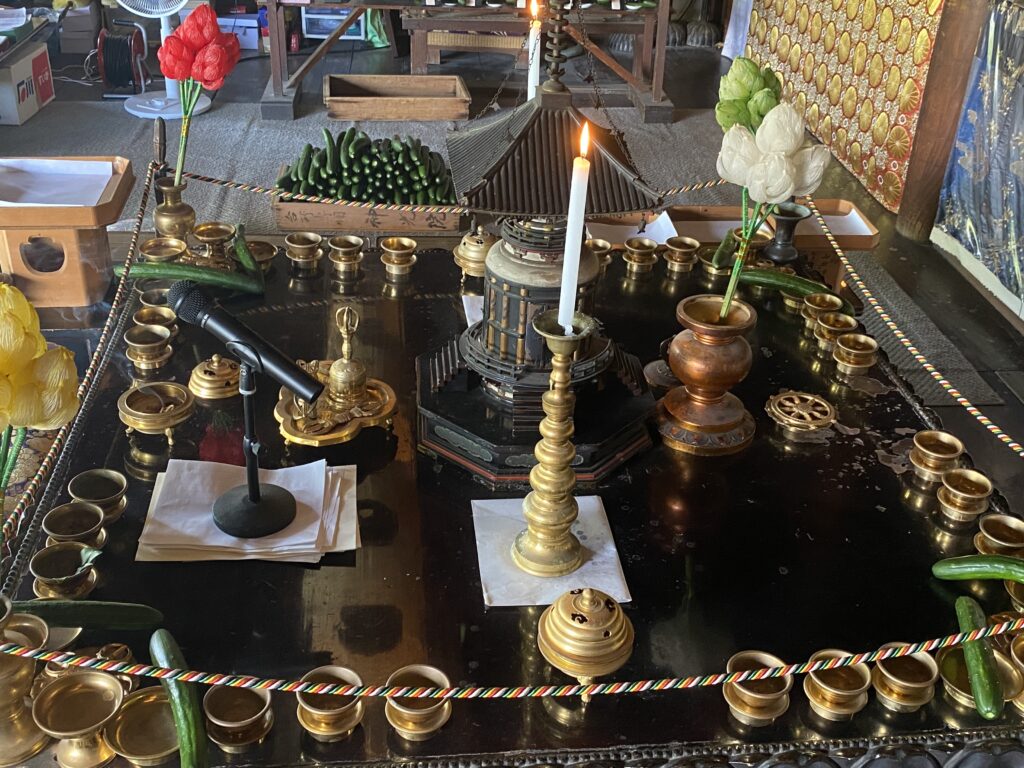
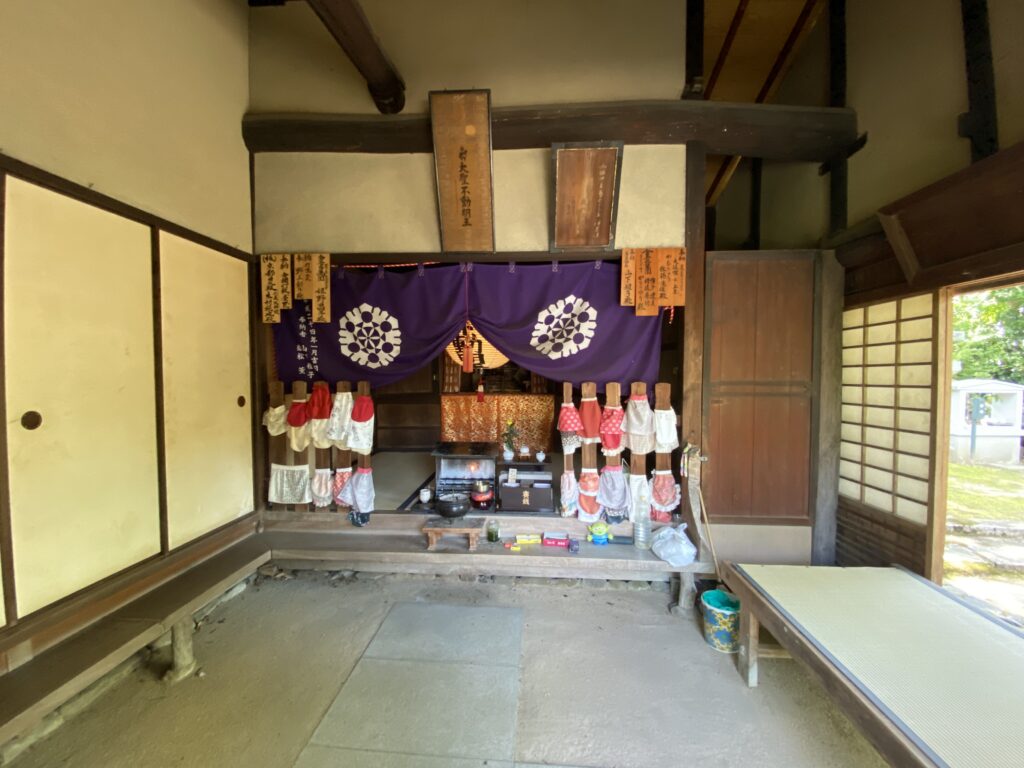
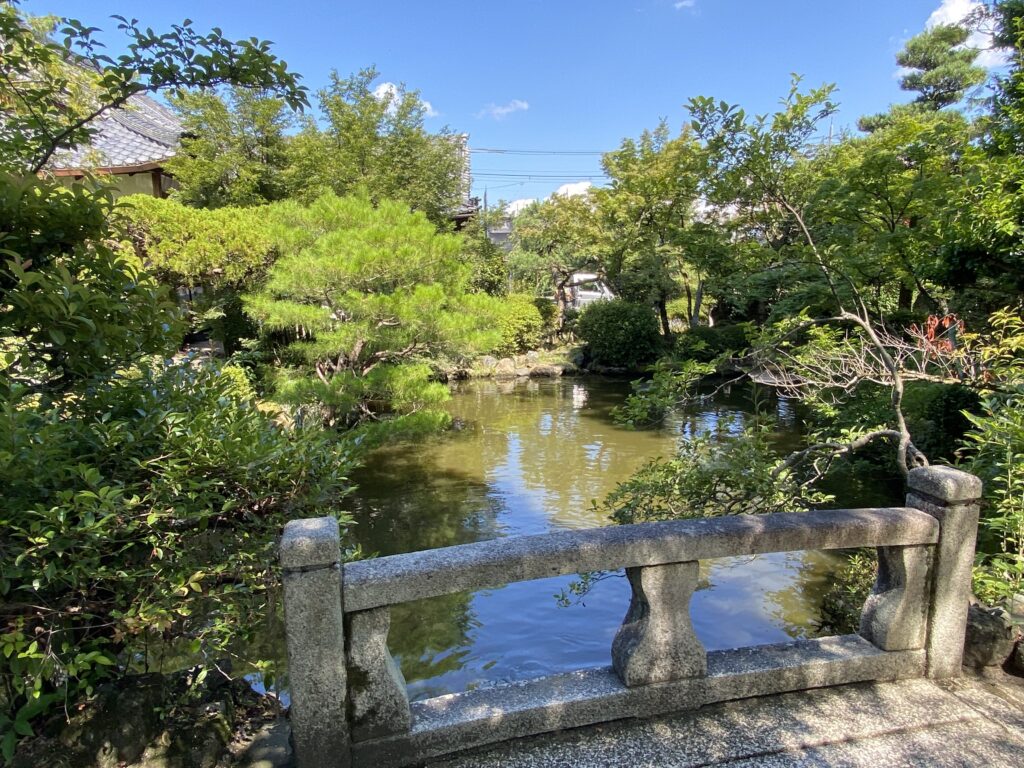
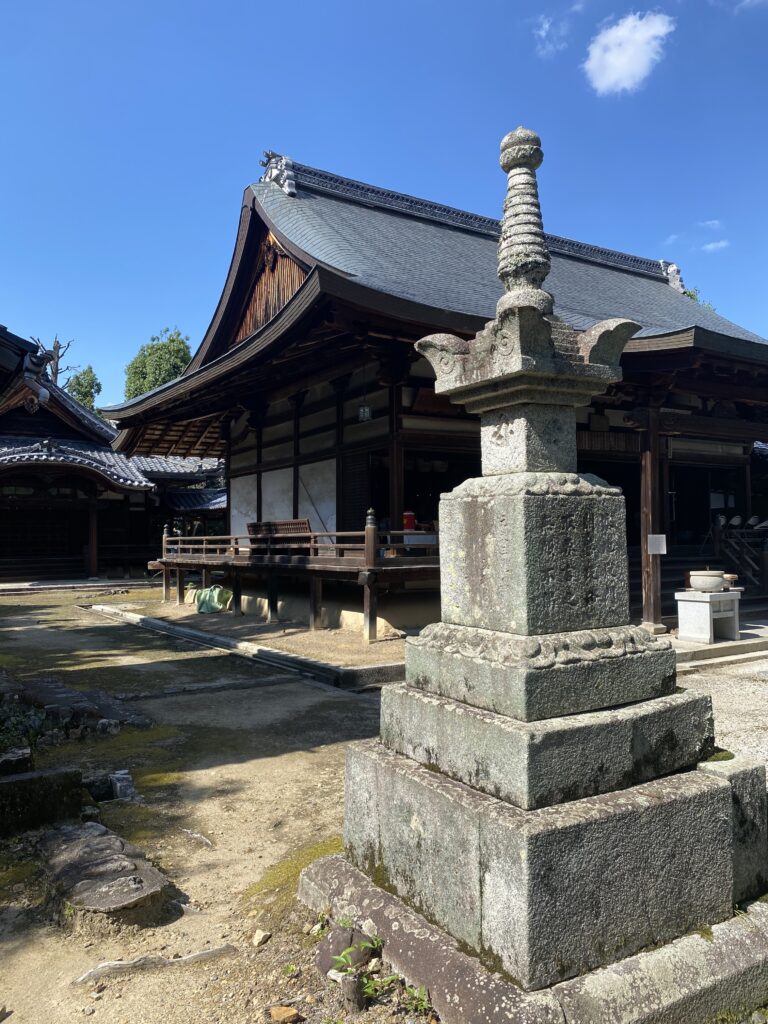
VR Tour
Click here to view the accessible version of this interactive content
Scholarly Sources
Green, Ronald S. “Kūkai in China, What He Studied and Brought Back to Japan” Asia in World History: Comparisons, Connections, and Conflict., vol 26, 2021, pp. 44-49
Irons, Edward A. “Shingon.” Encyclopedia of Buddhism, edited by J. Gordon Melton, Facts on File, 2008, pp. 444-445.
Mankodi, Kirit. “Ganesha.” Encyclopedia of India, edited by Stanley Wolpert, vol. 2, Charles Scribner’s Sons, 2006, pp. 127-130.
Strickmann, Michel, and Bernard Faure. Chinese Magical Medicine. Stanford University Press, 2002.
Yamasaki, Taikō, et al. Shingon: Japanese Esoteric Buddhism. Shambhala, 1988.
External Links
“Cucumbers sealing services to return illnesses to soil” The Japan Agri News, 7 August 2016, http://english.agrinews.co.jp/?p=5251
“Jinko-in Traditional Kyoto.” https://traditionalkyoto.com/temples-shrines-and-palaces/temples/jinko-in
“Sightseeing Jinkoin.” Kyoto Misonobashi 801 Shopping District. https://misonobashi-801.com/en/sightseeing/jinkoin/
The Japan News by The Yomiuri Shimbun. 2022. “Kagawa: When you wish upon a cucumber…” https://japannews.yomiuri.co.jp/features/japan-focus/20220820-52509/
